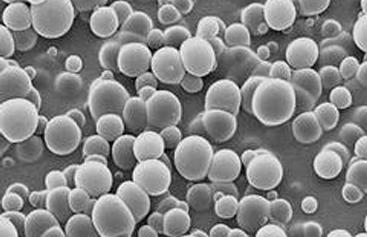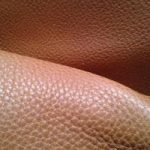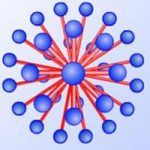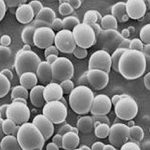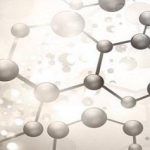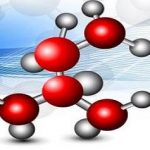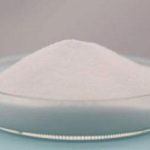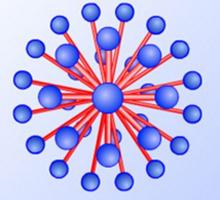Amphoteric Surfactant
Amphoteric surfactants are surfactants that contain both an anionic hydrophilic group and a cationic hydrophilic group in the same molecule. The most important feature is that it can both give and receive protons. It has the following characteristics: excellent softness and smoothness and antistatic properties for fabric; certain degree of bactericidal and anti-mildew function; good emulsifying and dispersing properties. It is a mild surfactant. Amphoteric surfactants differ from single anionic and cationic surfactants in that both acidic and basic groups exist at one end of the molecule. Most of the acidic groups are carboxyl, sulfonic or phosphoric acid groups, and the basic groups are amine groups or quaternary ammonium groups. They can be compounded with anionic and nonionic surfactants and are resistant to acids, alkalis, salts and alkaline earth metal salts.
The lecithin in the egg yolk is a natural amphoteric surfactant. Nowadays, artificial amphoteric surfactants are commonly used, and the anion part thereof is mostly a carboxylic acid group, and a few are a sulfonic acid group. Most of its cations are amine salts or quaternary ammonium salts. Ammonium salts constitute the amino acid type, and quaternary ammonium salts form the betaine type.
Amphoteric surfactants can be effectively applied to mild, biodegradable and highly efficient home or industrial utility cleaning formulations, and any application of amphoteric surfactants has a lot to do with synergy. The mildness and moderate cleanliness of the amphoteric surfactants are better than conventional soaps and can, therefore, be used well in hand sanitizers. Its stability at high pH values is very beneficial for its use in metal cleaning. Amphoteric surfactants are used in other industrial cleaning agents such as high-pressure cleaners, traffic fouling removers and foam cleaners as ome of the dirt cannot be completely removed by mechanical flushing. Nonionic surfactants are commonly used as penetrants and lubricants in such cleaners. They do not interact directly with normal soiled membranes, but it is possible that a synergistic effect occurs.
